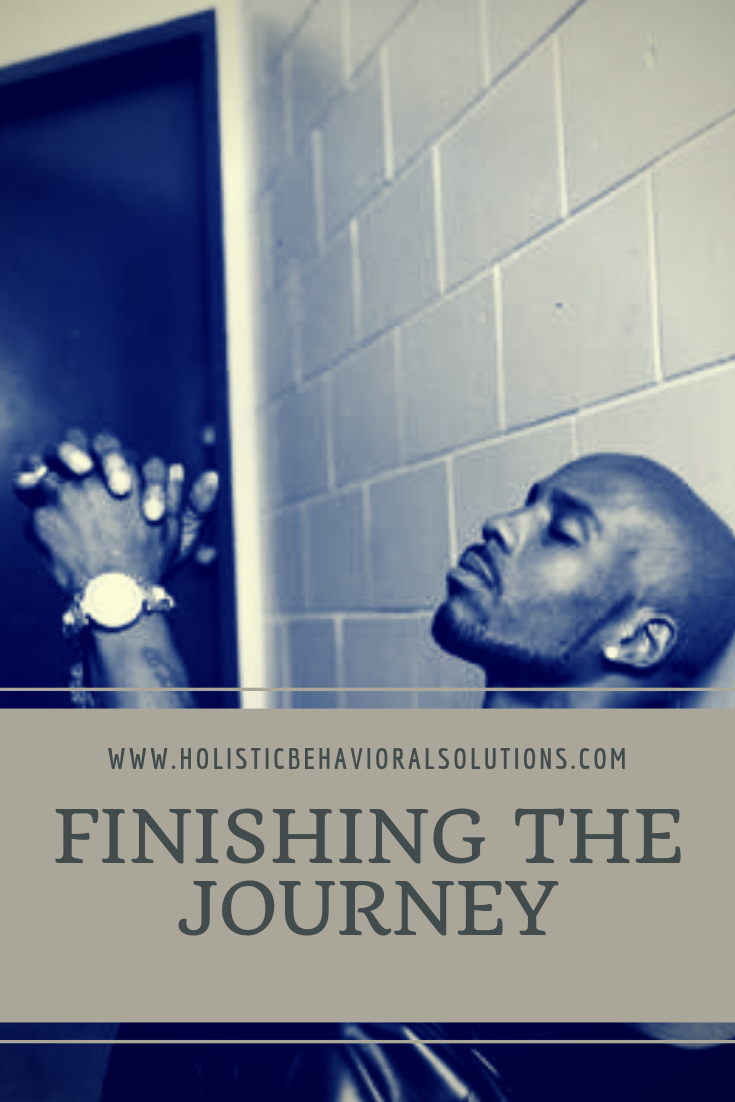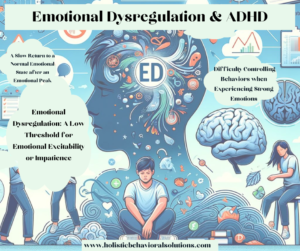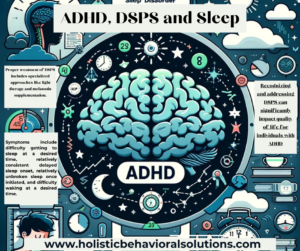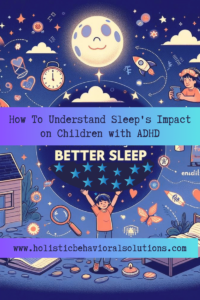
The Dual Lives We Lead: Public Persona vs. Private Self
The recent premiere of Iyanla Vanzant’s “Fix My Life” featuring the artist DMX brought to light a universal struggle that extends beyond the glittering allure of fame. The episode revealed a side of DMX that diverged sharply from his public image, showcasing moments of vulnerability, sorrow, and regret. These are emotions not typically associated with the tough exterior presented by the “where my dogs at” rapper. To the world, he is DMX, but to his family, he is “Earl” – a loving partner and father.
The Price of Fame: A Closer Look
Fame often presents a conflict between living one’s passion and being consumed by it. Many artists view popularity as the cost of pursuing their passion, while others believe fame compromises the purity of their work. This tension between the public persona and the private self can lead to a breakdown in self-perception and a diminished capacity to trust.
One of the saddest aspects of fame is the conflict between expressing your calling vs. being consumed by your calling. I have heard artists say that popularity is the cost of living their passion. I have also spoken with artists who say that fame pollutes the purity of their work. Unfortunately, this disconnect between the public self and the private self ultimately causes a breakdown in self-perception and an inability to trust.
Navigating the Journey to the Private Self
This struggle isn’t confined to artists alone; it’s a human issue deeply rooted in social psychology. The dissonance between public expectations and private self-awareness underscores the challenge of reconciling these facets of our identity. In the entertainment industry, artists are prone to the “psychic noise” as they express themselves. Unlike most of us, they reveal themselves for all the world to see. This exposure comes at a huge emotional cost few of us will have to bear.
Sometimes, we may thank our celebrities, artists and cultural icons for making our world a more beautiful place to live. We may even use these breathing archetypes to help us to cope with our own pain and angst. In counseling DMX, Vanzant brings out pieces of DMX’s youth which still affect him in the present day, and he alludes to this need to take care of others and to act out his pathos for entertainment while “stuffing” down HIS emotional needs which demand to be met.
There is a legitimate way to act through negative emotions in your craft, but if your genuine needs go unmet and unfilled, we will turn to negative coping skills such as gambling, drugs, sex, love, shopping, work.
Counseling DMX, Fame and Its Emotional Toll
In the realm of entertainment, artists subject themselves to “psychic noise” as they express their innermost selves for public consumption. This level of exposure carries an emotional cost, leading to the need for coping mechanisms that may not always be healthy, such as substance abuse or compulsive behaviors. This not just an artist thing, this is a human issue that has been studied for decades in social psychology. The disconnect between public expectations and private self-awareness reflects the human struggle to reconcile all parts of the self.
Creating a Sacred and Safe Therapeutic Space
The role of a therapist is to guide individuals on a journey back to their internal selves, helping to fulfill emotional needs in healthy ways. Therapy offers a sanctuary for individuals to explore their vulnerabilities and emotional intimacies, fostering an environment of trust and healing.
The Power of Vulnerability in Therapy
The therapeutic relationship thrives on the ability to be open and emotionally intimate, trusting in the therapist’s commitment to the client’s best interest. This sacred space allows for authentic self-expression, away from the noise of public expectations.
The Unfinished Journey: The Case of DMX
Witnessing DMX’s therapeutic journey with Iyanla Vanzant was a poignant reminder of the importance of completing the path to emotional wholeness. Abandonment or pushing the client too quickly can hinder this process, underscoring the need for therapy to proceed at the client’s pace, not the therapist’s.
As a licensed therapist, it hurt to see another human being who started a journey but was unable to become emotionally whole because they felt abandoned.The quest of the therapist is to support the client on this voyage to reconnect with the internal self and to satisfy these needs healthily. Our task is to bring out a life of fulfillment and joy rather than a life that leaves broken relationships, broken promises, and broken pieces of the self.
Iyanla Vanzant is a powerful motivational speaker and author. She has a natural gift for perception, which comes through in her work. However, one of the things that makes the therapeutic relationship so compelling is the ability to be vulnerable and emotionally intimate with another human being and trust that the healer will always act in your best interest. The therapeutic space is indeed sacred. I wasn’t surprised to see that DMX issued a statement negating Ms. Vanzant’s work with him.
The Therapeutic Space: A Refuge for Authenticity
Therapy offers a unique opportunity to confront our true pain, fears, and insecurities in a safe and sacred space. It’s here that we can begin to reconcile our public personas with our private selves, embarking on a path to holistic well-being. As helpers, we sometimes push faster than we should due to our own incontinence and lack of patience. As healers, we want change to happen now, but humans need to transform in a way that is authentic for them.
The healer goes at your speed, not their own. The therapeutic space is different; it can be your most authentic self coming to life with the permission and encouragement to block out the noise. The therapeutic area can help you to tune in to your true pain, fears, and hurts. Fortunately, we visit all the internal things that push us each day, but we do so in the safety of the therapeutic space.
Our safe space needs to be sacred, or we destroy the trust that we are honor-bound to fill. I hope that in counseling DMX, Ms. Vanzant can start a public conversation about what we really need in our lives to feel whole. Our trust needs are where the healing happens.

Embracing Our Whole Selves
The journey to harmonizing our public and private selves is intricate and deeply personal. Therapy provides a crucial foundation for this journey, offering a space where vulnerability is not just accepted but embraced. As we navigate our own paths, let us remember the value of therapeutic guidance in achieving a balanced and authentic life.
Public Self vs the Private Self
Embark on Your Journey of Self-Discovery: If you’re ready to explore the depths of your private self and reconcile it with your public persona, therapy can offer the guidance and support you need. Contact us to start your journey toward emotional healing and authentic living.


